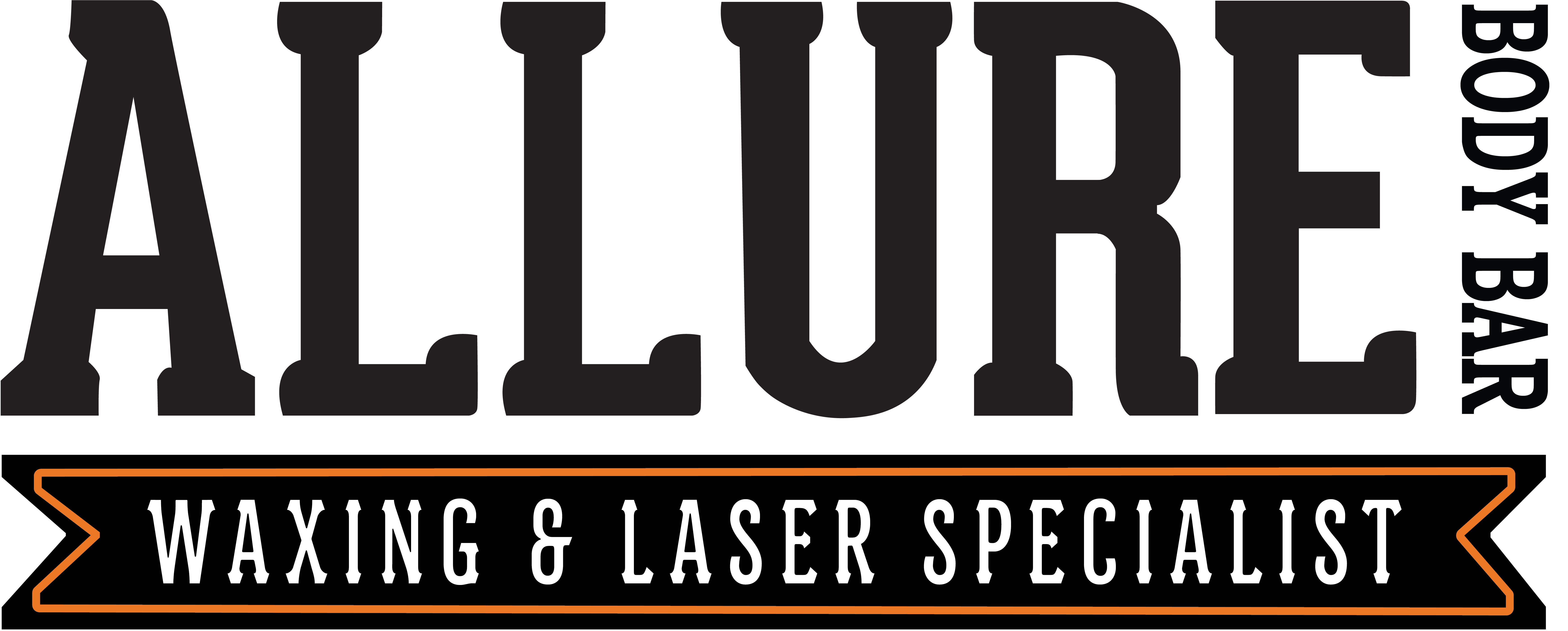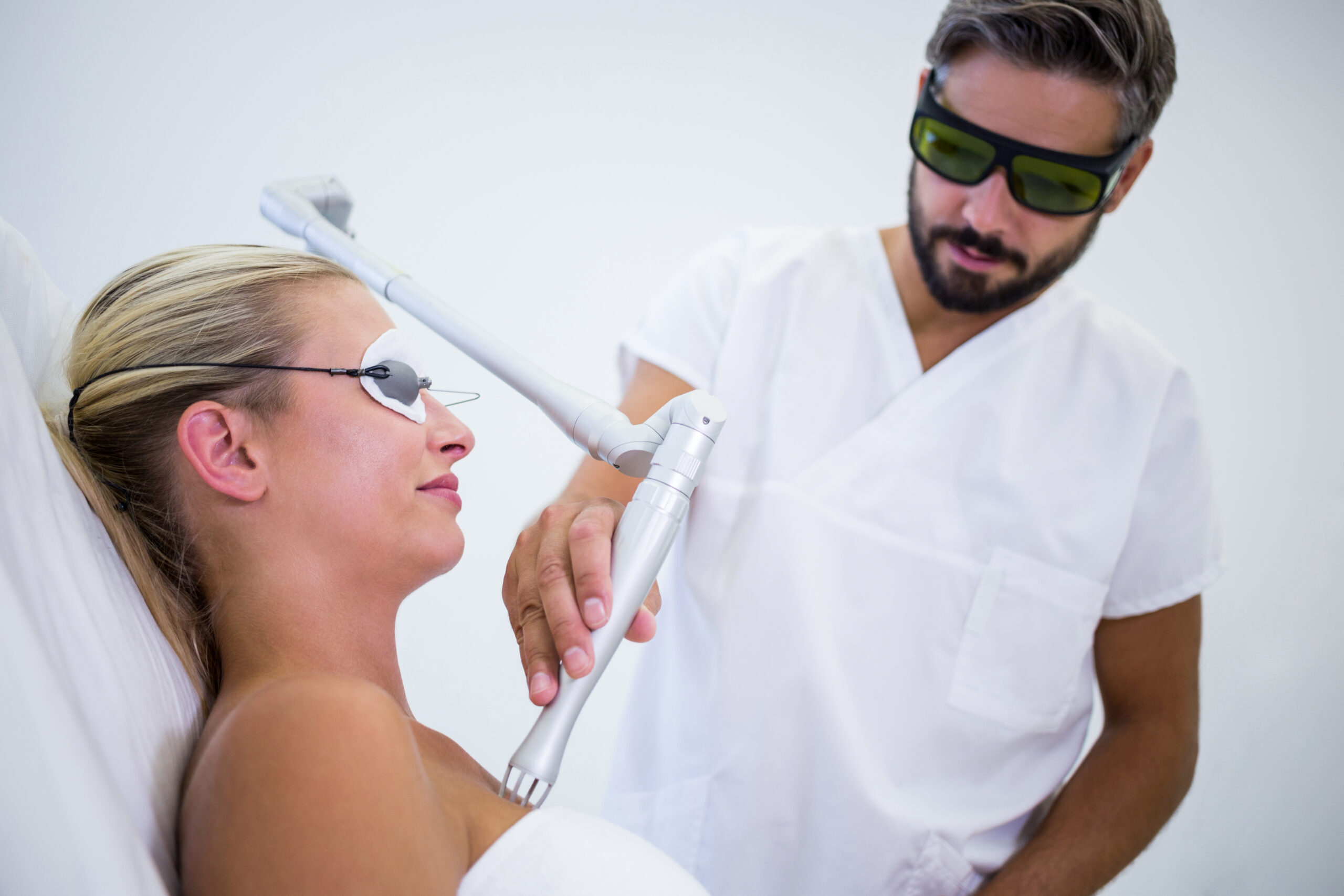With laser hair removal, individuals who need to dispose of their hair for good are turning out to be increasingly interested. But what precisely does this process include? In this blog, we will look at the study of laser hair removal. We will focus on the critical thoughts and steps that make it work.
Understanding Hair Growth:
You want to know a great deal about how hair grows to completely comprehend how laser hair removal works. There are three principal steps of hair development: anagen, catagen, and telogen. What compels hair to develop is the request for these steps to be finished. During the anagen stage, the hair cell is exceptionally occupied; however, hair isn’t being made right now. This moment is an extraordinary opportunity to get laser hair removal in light of the fact that the hair cells are more open to the treatment.
Principles of Laser Hair Removal:
The laser that disposes of hair works by particular photothermolysis. This technique utilizes a specific pigment of light to hit certain parts of the face. The primary thing that laser hair removal thinks often about is the pigment shade in the hair shaft.
Melanin, the variety color in skin and hair, lets the light pass through it. The energy is changed into heat, which harms the hair root and prevents the hair from recovering. Laser hair expulsion works best on dim, thick hair since it has more melanin.
Laser Types and What They Do:
Lasers, such as alexandrite, diode, and Nd: YAG lasers, are used to remove hair. Lasers of different types send out different colors of light. This allows them to focus on specific parts of the hair root. You should consider the type of skin, hair color, and area when picking the right laser.
Laser Hair Removal Preparation:
Get ready well before getting laser hair removal. The process will work better, and there will be fewer side effects if you do this. These steps should be taken seriously:
-
Consultation:
Set up a meeting to talk with a prepared proficient about whether laser hair expulsion is ideal for you. We will consider your clinical history, skin type, and treatment objectives in this meeting.
-
Avoid Sun Exposure:
You ought to try not to tan beds and the sun for no less than about a month prior to your laser hair removal session. Long openness to the sun can bring on some issues, for example, red skin and changes in skin tone.
-
Avoid Certain Treatments:
You shouldn’t wax, pluck, or use electrolysis for at least six weeks before your laser hair removal session. These ways to get rid of hair might hurt the hair root, which would make laser treatment less effective.
-
Shave the Treatment Area:
Before a laser hair removal session, the area that will be worked on needs to be very clean. You should shave the area either the day before or the day of the lesson. This move ensures that the laser can reach the hair root without any hair on the top getting in the way.
The Procedure:
Before they use lasers to remove hair, dermatologists carefully clean and prepare the face; an ice pack or gel can help with pain and keep the skin safe. When the laser is pointed at the area to be treated, it sends out bursts of light that zap the hair cells.
Even though it might hurt or burn a little for some patients, most people don’t mind. After the session, the spot that was treated may be red and swollen. These bad effects take a few hours to a few days to go away, though.
When to Shave Before Laser Hair Removal:
You need to shave before getting laser hair removal for the best results. Getting rid of hair on the skin’s surface quickly and successfully with this method doesn’t hurt the hair root. The laser works best when it hits the melanin pigment inside the hair shaft. Here are some tips on how to shave the best before your laser hair removal session:
To ensure you are ready, shave the area where you want laser hair removal the day before or the day of your appointment. A clean, sharp razor will help you feel less pain and get a close cut. While getting laser hair removal, don’t use depilatory creams or other methods that remove hair at the root.
Shaving After Laser Hair Removal:
It’s important to carefully follow the treatment instructions to get the best results and lower your risk of problems. If you just got laser hair removal, here are some helpful shaving tips:
-
Wait for Hair Regrowth:
Some hair will grow back in the area treated with laser hair removal. This is normal. You should wait until all the hair comes back before you shave again.
-
Be gentle:
If you’ve had laser hair removal, be delicate when you shave to hold your skin back from getting painful. Shaving ought to be finished with a spotless, very much sharpened razor in the same direction that the hair develops. This will hold your skin back from getting sore and make the interaction simpler.
-
Moisturize the Skin:
When you’re done shaving, you should moisturise your skin to nourish it and ease any pain. Make sure the lotion you choose is gentle and doesn’t smell.
Conclusion:
If you were wondering, laser hair removal is a good way to get rid of hair for good. This method works really well to get to the melanin in hair shafts. It works better if you do a lot of work to get ready, like shaving before the treatment. Following good skin care practices and cutting gently every time are important for getting the best results after treatment. Everyone at Allure Body Bar does everything they can to make sure their clients get safe, effective, and long-lasting hair removal.

